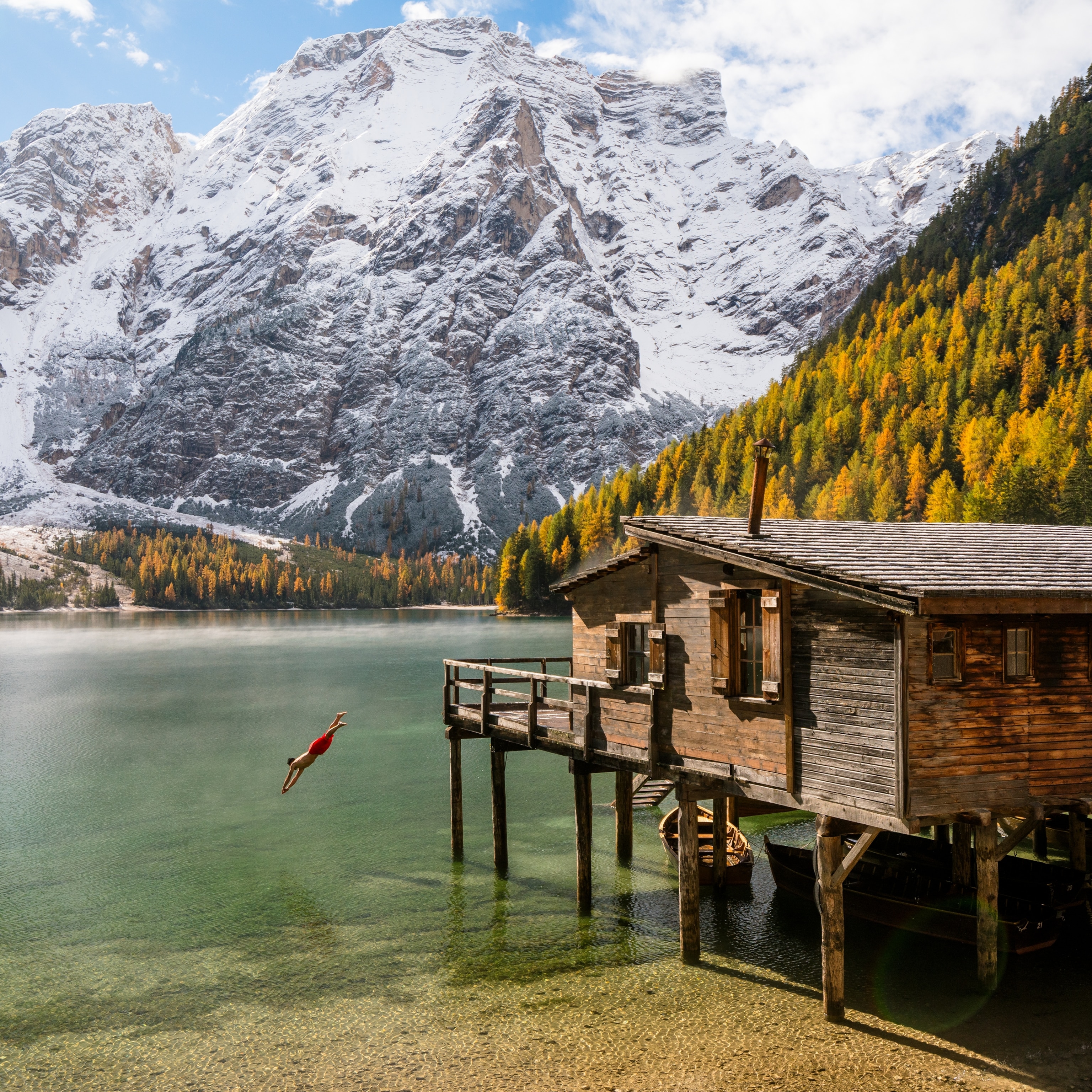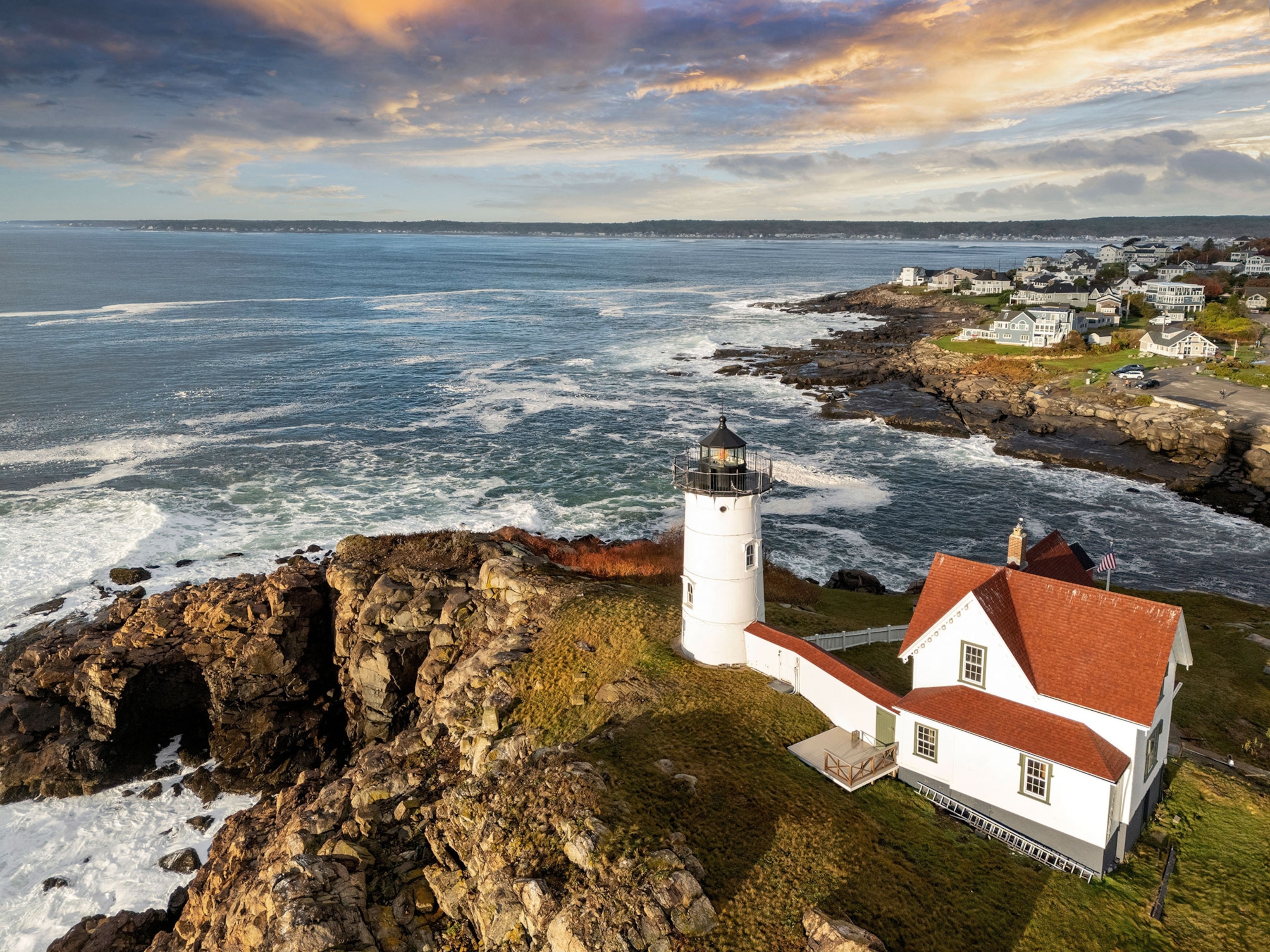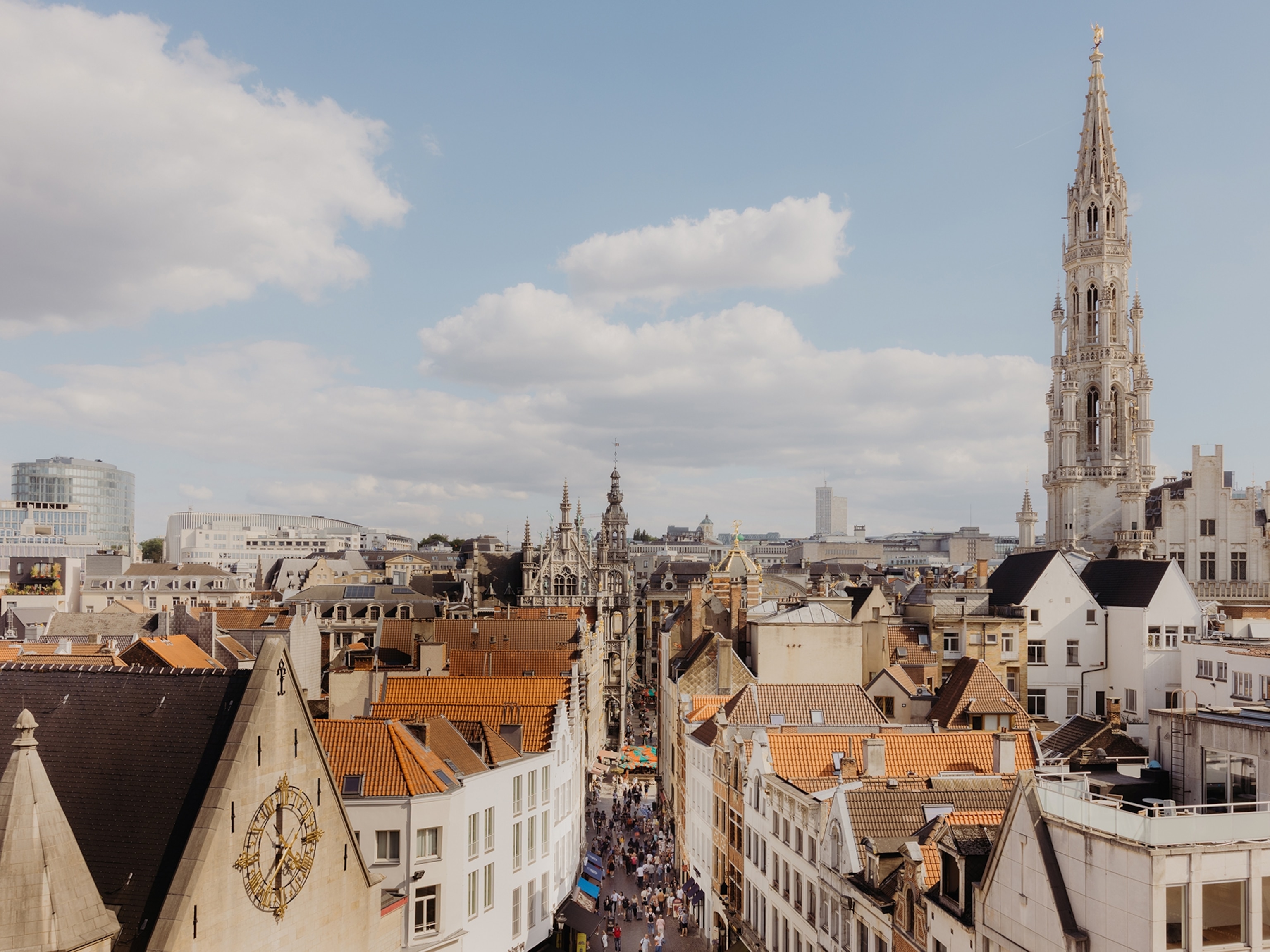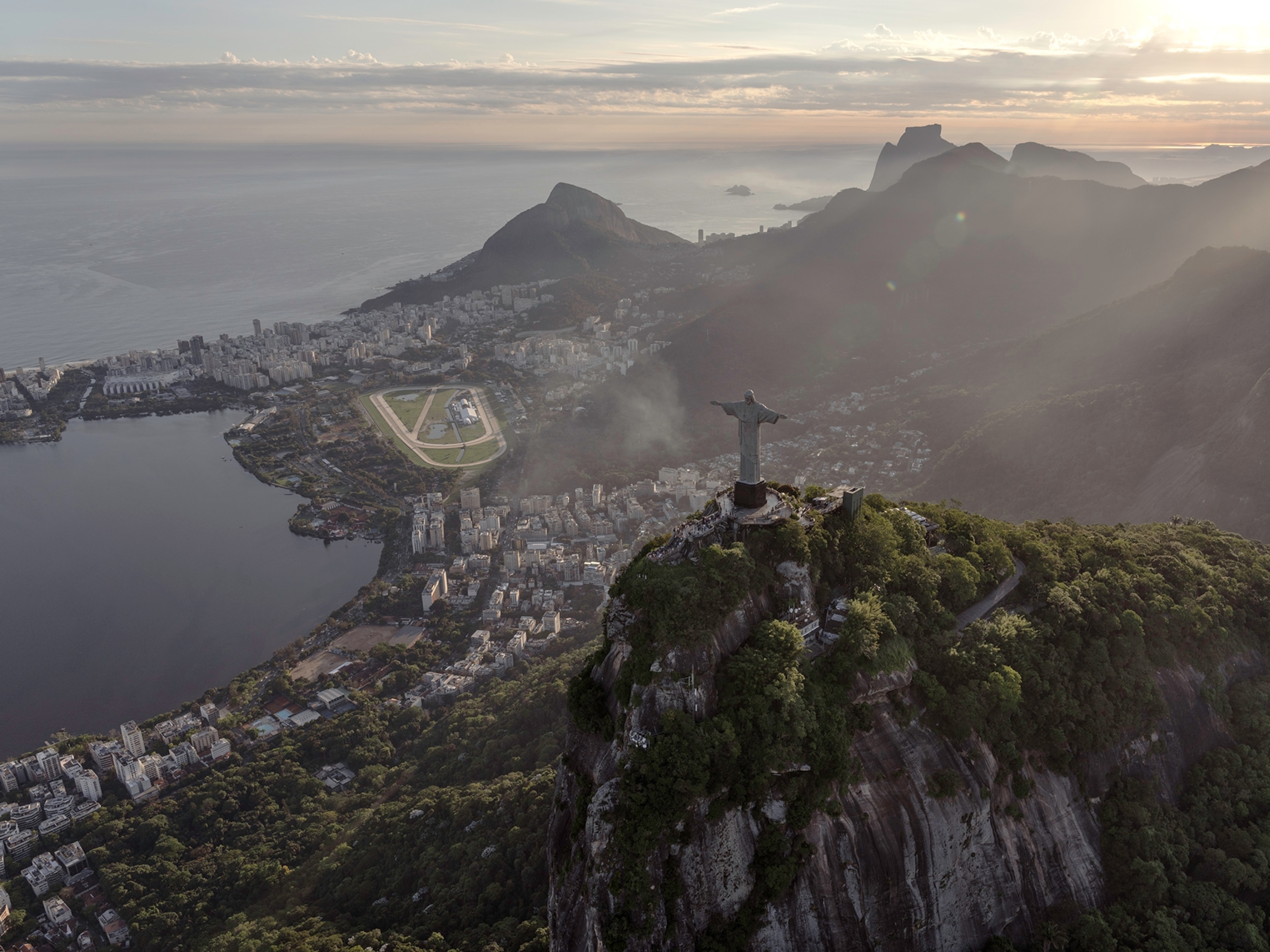Are you uncertain about where to go this summer? You’re not alone. Even though cities around the world are starting to ease lockdown restrictions, only 2 percent of 2,200 Americans polled by National Geographic and Morning Consult said they would jump on a plane right now, and only another 8 percent would consider doing so this summer. That means many of us may be vacationing closer to home this year. As warm weather beckons, here are a few great ways to optimize a summertime “staycation.”
Stay and play
After sheltering-in-place for weeks, getting outside may be the next best thing to taking a vacation. Forage: London-based writer and professional forager Wross Lawrence recommends the meditative joys and health benefits of harvesting rose hips, yarrow, and other plants in urban landscapes. Explore: Or channel your inner Nat Geo explorer in your own backyard by designing a wildlife-friendly garden. Stargaze: You can also expand your horizons by looking to the sky in search of meteor showers, constellations, and faraway planets with nothing more than a weather report and a cellphone app.
When you’re ready to head back inside, avoid the temptation to dive into your screens. Tune out: Instead, try a few real-world alternatives, whether you’re a gamer, a texter, or a TV binge-watcher. Go virtually: But if you can’t resist opening your laptop, try taking a virtual—and sustainable—trip to places like Machu Picchu’s mountaintop ruins and Antarctica’s frozen landscapes. Look close: Or, explore your house on an indoor safari, tracking household creepy crawlies. Focus: Capture your discoveries on camera with tips from National Geographic photographers, including Catherine Karnow and Jim Richardson. Read: And don’t forget to crack open a good book—after all, no summer is complete without a page-turning beach read.
Live music, delivered
Even in the age of COVID-19, the show must go on for musicians. You’ve heard of Italian opera singers serenading neighbors from their balconies, and concerts live-streaming from pop stars’ living rooms. Add live-music delivery to the pandemic’s sonic boom. Musicians in Columbus, Ohio, cheer up quarantined seniors with free curbside concerts. Near the banks of the Mississippi River in downtown Davenport, Iowa, the River Music Experience is dispatching local performers to front yards and driveways (a $60 suggested donation supports the RME's mission of music education).
In Greenville, South Carolina, a gastropub has taken its live-music calendar on the road, in support of the local acts that typically play its downtown stage seven nights a week. Folks ordering food delivery from Smiley’s Acoustic Cafe can opt to sweeten their meal with a musical performance at their door. A $10 fee guarantees three songs (requests—and tips—welcome); an additional $10 brings out a caricature artist to sketch family members from six to eight feet away. “Greenville has such a rich music culture,” says Smiley’s owner Mike Frazier, “and it’s ingrained in the people who live here that music is part of day-to-day life.”
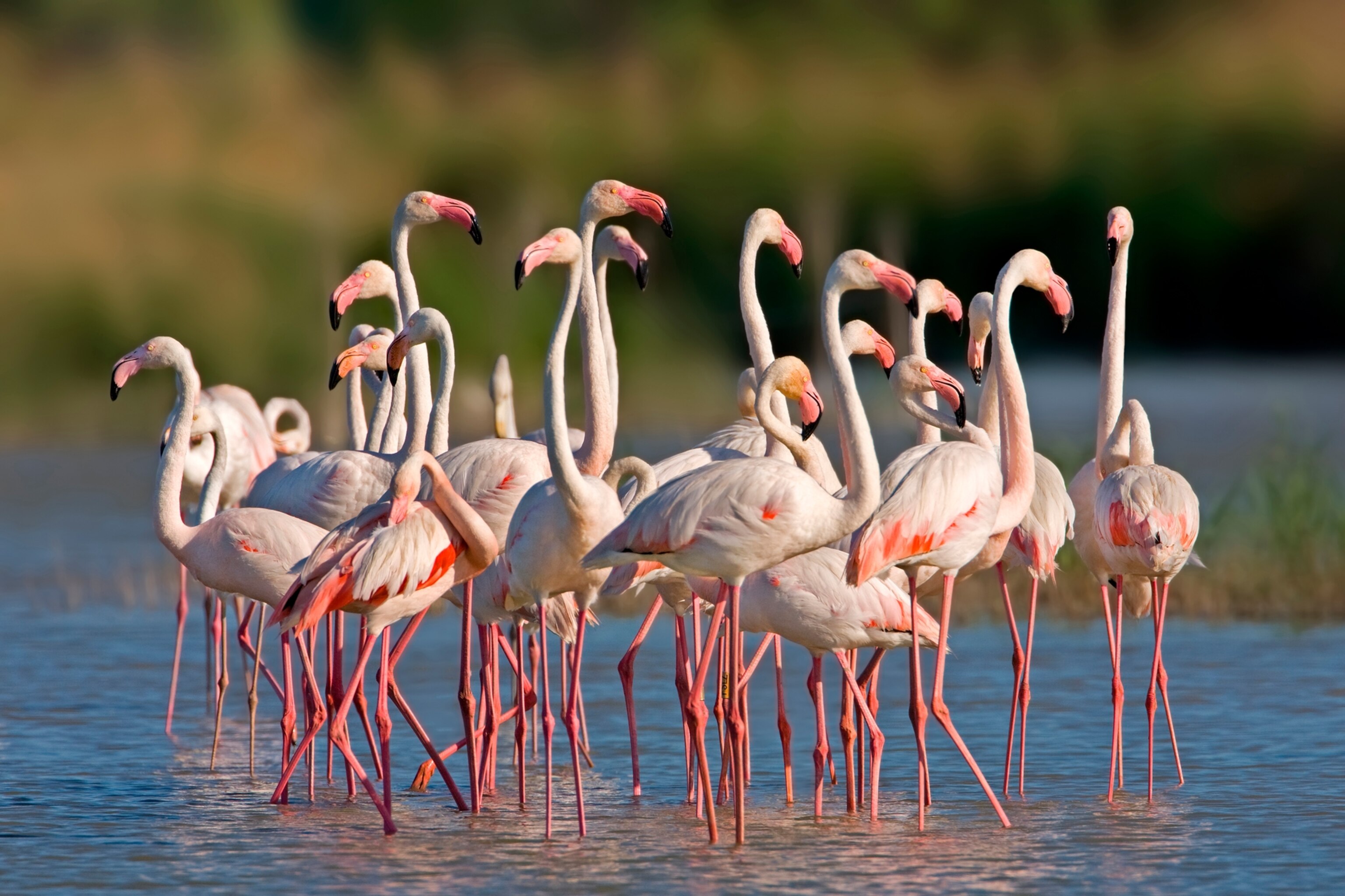
French flamingo boom
Human social distancing was a boon for the flamingo population in France’s Camargue wetlands. Situated at the Rhône River delta on the Mediterranean coast, the Camargue is the only nesting place for these long-legged birds in France and is partly a UNESCO biosphere reserve.
During le confinement, the flamingos took over, spreading out in empty spaces usually occupied by humans. “They’re opportunists,” explains Frédéric Lamouroux, director of the Parc ornithologique de Pont de Gau, the private bird park in the heart of the Parc naturel régional de Camargue. “When the park was closed, it was completely quiet—no manmade noise. I hadn’t heard it like that for years. The silence was fantastic.”
The park reopens May 21, with plans to prolong this magical, tranquil ambiance with a “silent challenge” on the nature trails. Visitors will be asked to keep quiet on designated mornings to appreciate the sounds of nature while also respecting the birds nesting on the islets.
Dining at a distance
As coronavirus lockdowns begin to ease, restaurants around the world are finding innovative—and downright wacky—ways to help customers dine in style while adhering to new safety regulations.
At Café Rothe, in the German city of Schwerin, owners gave diners hats fitted with pool noodles to facilitate social distancing. In Ocean City, Maryland, Fish Tales restaurant plans to reopen with new “bumper tables” that surround each patron with a large inflated inner tube.
Amsterdam’s plant-based Mediamatic restaurant took inspiration from greenhouses to launch its “Serres-Séparées” concept: small glass structures for private dining, with servers delivering dishes on wooden paddles. Demand for the June 1 opening has been “quite insane,” says communications manager Tobias Servaas. “Reservations for the first month and a half have been booked out in less than a day.”
Hotels are getting creative with their cuisine scenes, too. Facing a 70 percent drop in bookings in mid-March, Swedish hotel Stadt transformed its suites into 67 pop-up restaurants for private dining experiences. “Our guests love the concept and the first word out of their mouths when they enter a room is usually ‘wow,’” says general manager Jesper Alfredsson.
Another new trend? Cities becoming outdoor cafés. Last month the Lithuanian capital of Vilnius announced its plans, while Miami Beach, Cincinnati, and Berkeley are just a few of the U.S. destinations planning to trade traffic for diners on some city streets.

Yellowstone cautiously reopens
Like most of the 62 parks overseen by the National Park Service, Yellowstone closed to visitors on March 24, due to the pandemic. But this week, America’s first national park reopened on a limited basis, welcoming thousands of outdoor lovers just in time for Memorial Day and the start of the summer season.
The East and South gates, located in Wyoming, are the only way in and out of the park. Inside, visitors are allowed on only the lower loop of the Grand Loop Road, leading to sites including the famed Old Faithful geyser and Yellowstone’s Grand Canyon with its majestic Lower and Upper Falls.
Trails along the lower loop are open, as are restrooms, gas stations, and boardwalks. Metering may be in effect in places such as parking lots. Small tours (transporting fewer than 10 people) are allowed on the grounds, but not commercial tour buses. Masked park rangers and staff are asking visitors to practice social distancing and wear masks where distancing isn’t possible, though reports are showing visitors aren’t following the rules. To further avoid contact, officials recommend purchasing passes online in advance.
“I’m asking the public to partner with us to prevent the spread of COVID-19,” Superintendent Cam Sholly said in a release. “Visitors can protect their family and friends by skipping areas that are too crowded and always maintaining social distance from other people, including rangers.”
These plans could change as the crisis evolves, according to park spokesperson Linda Veress. “[We] will actively monitor changing conditions in the park and in surrounding counties and will maintain flexibility to expand, adjust, or contract operations as conditions warrant,” she said.
For now, the rest of the 2.2 million-acre park remains closed, including the Montana entrances (Yellowstone straddles Montana, Wyoming, and Idaho). Campgrounds and cabins are shuttered, as are some stores, takeout food service, and visitor centers. Boats are docked, and the fishing season and backcountry passes are on hold. Hotels, full-service restaurants, and ranger programs won’t be back until later this summer.

Nourishing New Orleans
In New Orleans, spring usually sounds like a big party—with a rollicking soundtrack—thanks to events like New Orleans Jazz & Heritage Festival and the Bayou Boogaloo. But due to the pandemic, the local musical army (jazz pianists, soul singers, slide trombonists) has been silenced—and isn’t getting paid. This—and the fact that many performers are elderly—inspired the Krewe of Red Beans to launch Feed the Second Line in late April.
The donation-funded initiative, run by a Lundi Gras krewe (a parade group) known for marching in legume-decked outfits, delivers farmers market groceries and meals from locally owned restaurants (e.g. Coquette and Queen Trini Lisa) to older singers, Mardi Gras Indians, and other performers. “It’s about protecting our culture bearers,” says Red Bean Devin De Wulf. Using—and paying—younger, out-of-gigs musicians to shop and do drop-offs, Feed the Second Line helps 130 people each week. “We’re sending food to an older population, so we try to keep it sort of healthy,” says De Wulf. “But we add comfort food periodically. Last week we sent out fried catfish with greens.”
Just landed: travel news
- Stream the world: Popular BBC series Travel Man is now bringing its fresh take on travel to audiences via Hulu. In each episode, British comedian Richard Ayoade and a celebrity guest—from Paul Rudd to Rebel Wilson—banter through a 48-hour “maxi mini-break” in cities around the world. Along the way, they indulge in off-beat experiences, from sweating through a fast-food feast in a Helsinki sauna to enduring a painful foot kneading in a Hong Kong massage parlor. On-screen popups point out helpful info, such as admission prices and historical factoids.
- Yes to cruising: Some polls show a surprising number of travelers are eager to start taking cruises later this year. But these early returners may find fewer welcome ports. The Seychelles, the biodiverse, sun-bathed string of islands 1,000 miles east of Africa, has banned cruises from docking until 2022. And since Norway has further extended its border closures until August 2020, popular Arctic port Svalbard will be off limits to international guests during its brief summer season.

